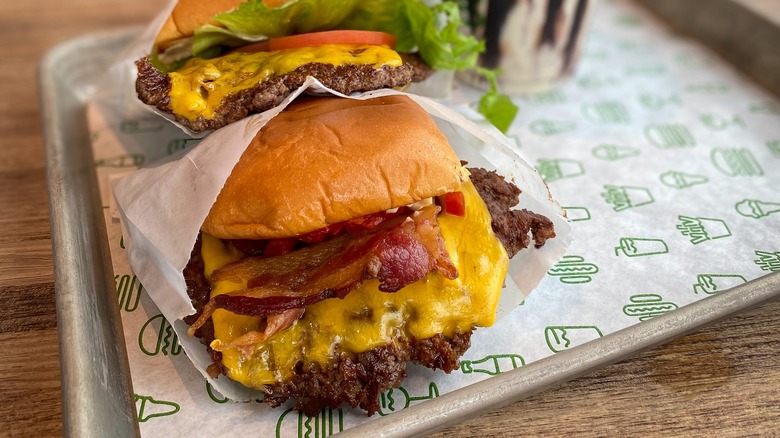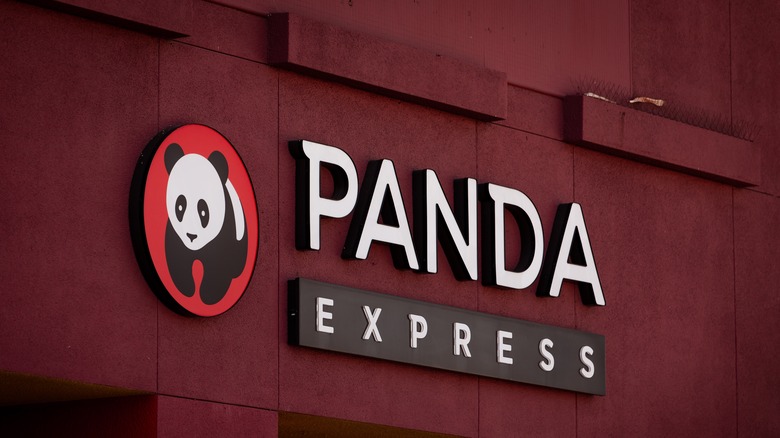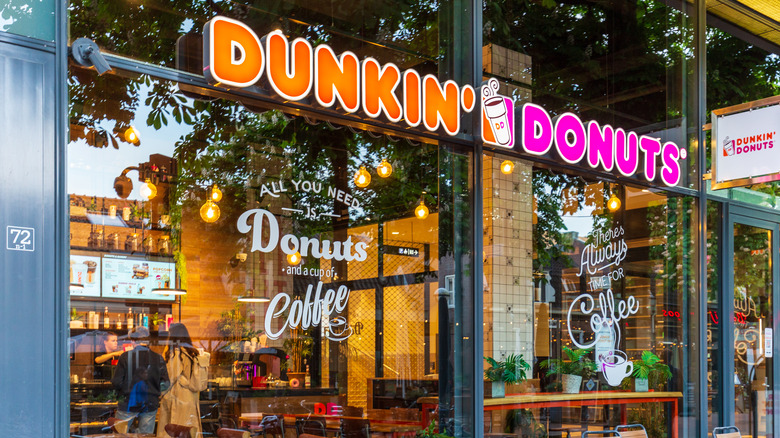Chain Vs Franchise Restaurants: What's The Difference?
Whether you're a connoisseur of the cheapest fast food restaurants or prefer frequenting places like the Boston Market and Texas Roadhouse, you're probably familiar with the concept of chain restaurants. But what most people don't know is that they're different from franchises. Although the terms are often used interchangeably, there are a few significant differences between the two. Most notably, who owns individual locations and is responsible for maintaining their day-to-day operations.
A chain restaurant like Shake Shack and In-N-Out Burger is owned by a singular company, and it doesn't allow outside entities to open locations under its brand name. On the other hand, franchises like McDonald's and Taco Bell allow individuals with the right qualifications to open locations using the name and products, but the franchisee is responsible for the cost of operations.
Both business models have pros and cons, and whether or not a brand decides to become a franchise depends mainly on its overall business strategy. Franchising can be risky, as a location can fail under bad management and reflect poorly on the brand. However, franchising can also help a brand expand its coverage and shift some of the cost of operating from the leading company to individual franchisees.
How chain restaurants work
Chain restaurants are composed of two or more locations that operate under a singular name and are owned and maintained by the same company. Every chain location follows the same guidelines and produces the same foods with little or no differences between them. This allows the parent company to maintain more control over the food quality in the restaurants and ensures no discrepancies in daily operations between locations. While this gives a parent company more control, it also foots the bill when opening new locations, hiring and training staff, and purchasing equipment.
In terms of customer service, chain restaurants benefit from greater consistency because every location will more than likely serve the same things, made the same way. Take Cracker Barrel, for instance, a popular restaurant that can cater your Thanksgiving dinner. Because all of Cracker Barrel's chain locations are known for catering and producing consistent quality food, Thanksgiving is its busiest day of the year, and it serves millions of meals to customers both in-store and via pickup. Now, if Cracker Barrel chose to become a franchise, the parent company would lose its direct control over the operations of all locations, which could cause a decrease in consistent quality and brand identity.
While consistency and product quality are strong points for chain restaurants, the downside is that growth can be slow without franchising, especially when expanding to new regions. However, some chains like Starbucks walk the line by licensing the use of their brand to places like grocery stores and hospitals. Ever seen a location that says "We Proudly Serve Starbucks?" That means it has been licensed to sell Starbucks products and pays royalties to the brand but has no deeper connection.
How franchised restaurants work
Unlike chain restaurants, franchise locations are owned and operated by individual franchisees who pay to open a location under an established brand name. Although parent companies do have some financial responsibility towards the location, the franchisee picks up the brunt of the costs, including the cost of real estate, equipment, products, and employees. Different brands will have various agreements with franchisees, which dictate how much independence a location has and the procedures it should follow. However, franchisees often have much more control over daily operations, and they'll be dealing with the risk of success or failure.
Likewise, franchisees will have more freedom regarding what they offer on the menus, which can allow them to better tailor their business to a local demographic. While a parent company can try to maintain consistency within a franchise, it usually has much less control over the quality and products. Instead, quality and control are primarily up to the franchisee, and not all will have the right management skills to keep things up to par. That's why you'll run into a McDonald's, for example, that seems to make much better burgers than another location one town over.
That said, by allowing the brand to be franchised, parent companies can benefit from increased growth as it doesn't have to fund the opening of new locations completely. While there is a risk that poor management from a franchisee could cause a franchised location to fail, companies attempt to mitigate this by strenuously vetting potential franchisees. In the case of McDonald's, the company requires an application, multiple interviews, and the completion of a training program before a restaurant can be purchased. After that, it's up to the franchisee with the support of the parent company when needed.


